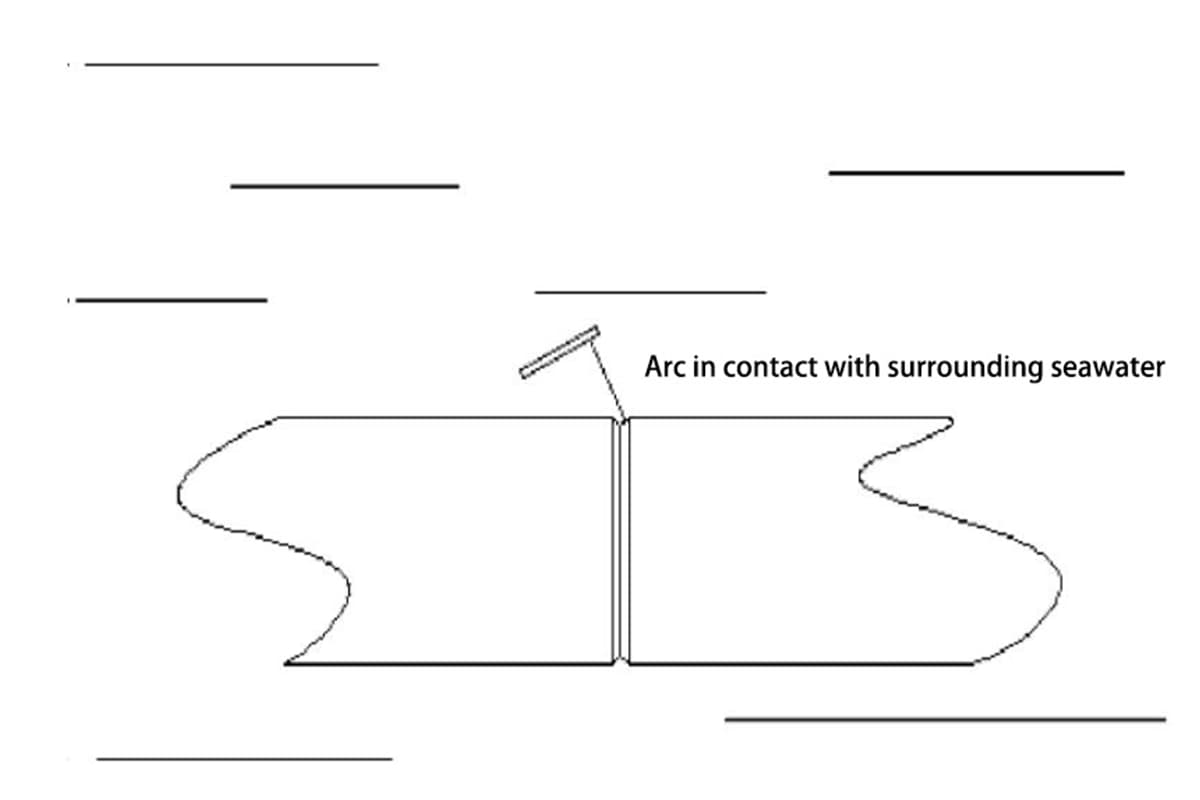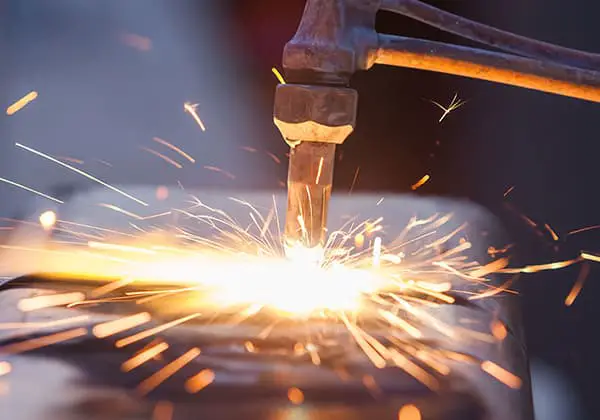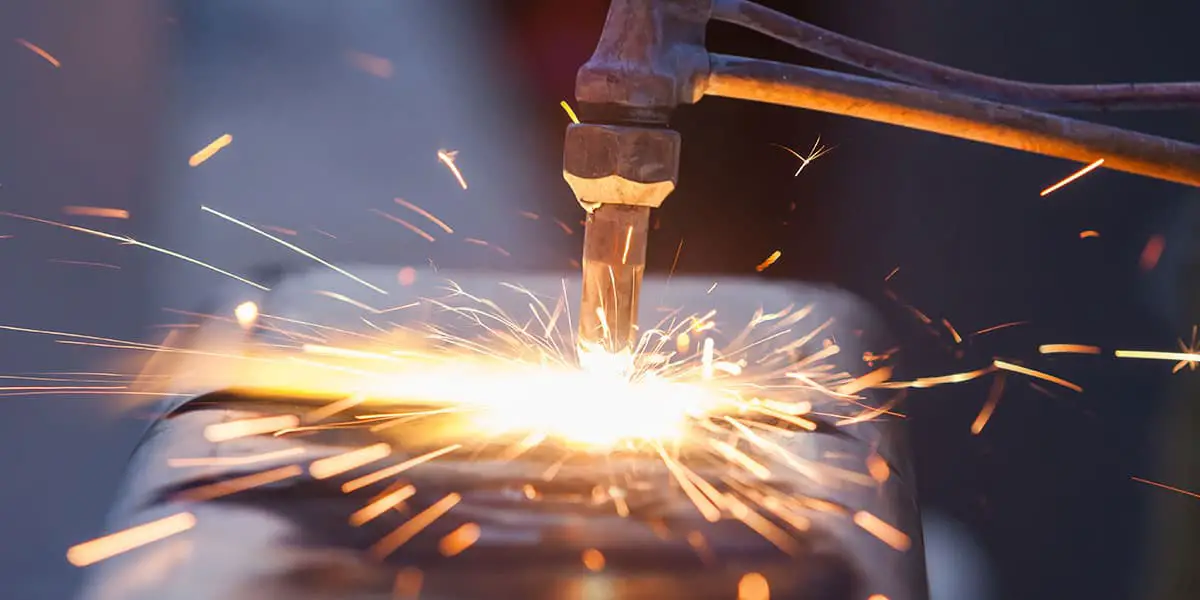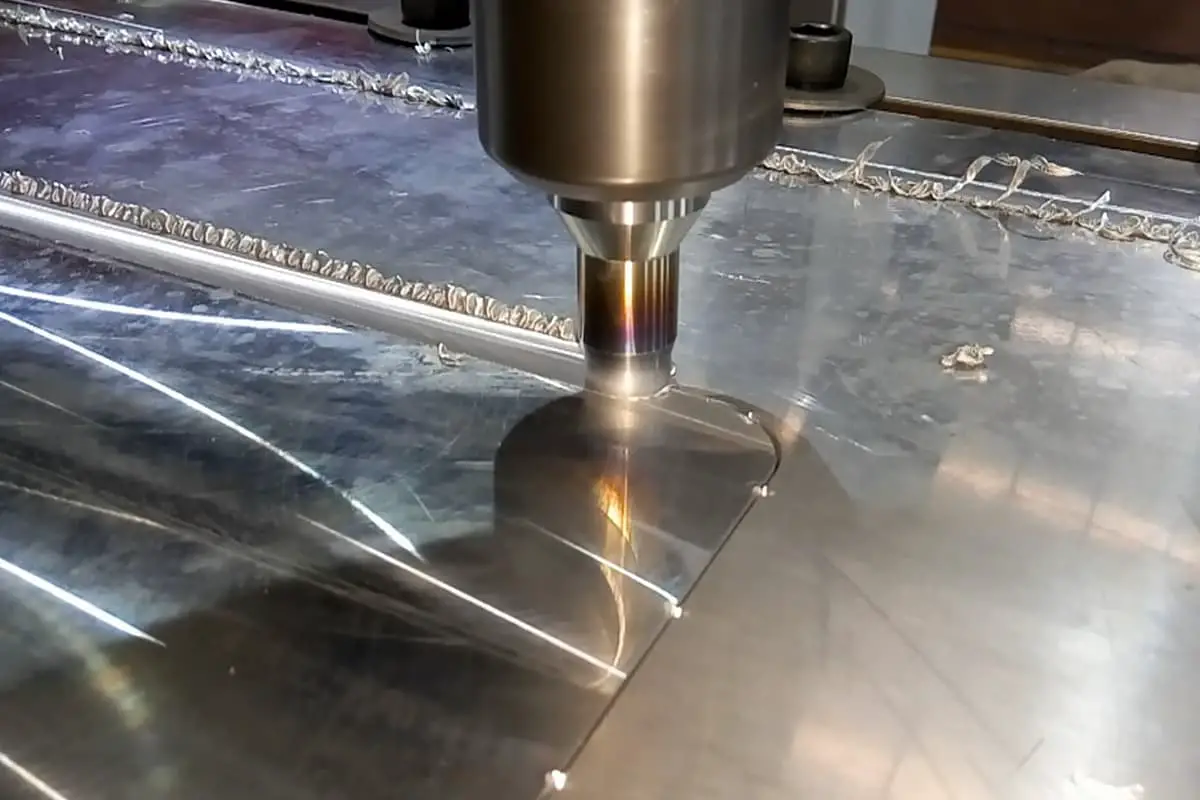
Welding technology is a process of joining metal or other thermoplastic materials using traditional methods such as fusion welding, pressure welding, and brazing. With the continuous development of technology, modern welding techniques include gas flame, arc, laser, electron beam, friction, and ultrasonic welding. By studying and analyzing the development and application of welding technology, we […]

Welding technology is a process of joining metal or other thermoplastic materials using traditional methods such as fusion welding, pressure welding, and brazing.
With the continuous development of technology, modern welding techniques include gas flame, arc, laser, electron beam, friction, and ultrasonic welding. By studying and analyzing the development and application of welding technology, we can better promote the improvement of China’s manufacturing industry and national economy.

There are many methods of welding technology, which can mainly be divided into three categories: fusion welding, pressure welding, and brazing.
Fusion welding involves heating the joint to be welded under heating conditions, melting it to form a molten pool, and then connecting the two workpieces. Pressure welding involves applying pressure to the workpiece to achieve atomic bonding in the solid state.
Types of welding include:
2.1.1 CO2 Gas Shielded Welding Process
(1) Weld Joint Positioning Fix the position of the welding parts before welding.
(2) Welding Gun Positioning The position of the welding gun should pay attention to the angle and height of the welding gun. If the angle is too large or too small, it will have a negative impact, so it is necessary to determine the most suitable position of the welding gun.
(3) Welding Parameters Welding parameters mainly include seven parameters:
2.1.2 Application of CO2 Gas Shielded Welding
CO2 gas shielded welding is mainly used for metal welding, including low carbon steel and alloy steel. It can be used for thin plates and thick workpieces. In practical production, it is widely used in automobile manufacturing, agricultural machinery, chemical machinery, and engineering machinery, etc.
2.2.1 Characteristics of MIG/MAG Welding
The characteristic of MIG/MAG welding is to use inert gas as the shielding gas for welding and use active gas for protective welding. This welding method can have stable process performance, and it can also obtain high-quality and beautiful welding joints.
Furthermore, this welding method is not limited by spatial position, and it is flexible and convenient to operate. The welding defects are also relatively few, which can reduce costs and increase profits.
2.2.2 Application of MIG/MAG Welding
MIG/MAG welding is widely used in the automotive industry. The welding technology for automobiles is different from that for other industries, such as aviation and shipbuilding.
Automobile welding requires high precision dimensions, and due to the safety performance of automobiles affecting people’s lives, it is necessary to avoid thermal stress and deformation during the welding process to prevent affecting driving function and causing accidents.
In addition, automobiles also need to meet mechanical properties, including fatigue performance. Therefore, it is necessary to ensure the quality and safety performance of automobile welding, with no defects and high efficiency. Many welding parts of automobiles are welded using MIG/MAG welding.
MIG/MAG welding can obtain high-quality process performance, and it has high stability and fewer defects.
In the field of aviation technology, welding technology is also widely used. However, for the aviation industry, higher requirements such as high lifespan and high reliability are needed. This has promoted the higher development of welding technology and the application of advanced welding technology, including vacuum brazing, vacuum electron beam welding, and inertia friction welding.
In order for welding technology to develop better and faster, preparation work before welding implementation must be fully prepared. This requires an improvement in the work of welding workshops, which is a traditional mechanical industry.
With the continuous development of science and technology, traditional machinery has gradually moved from traditional manual labor to automation and mechanization. Therefore, welding workshops are also developing towards automation and mechanization, such as using digital control to improve efficiency and reduce costs.
Although China’s welding technology has developed rapidly, the development of core technology compared with developed foreign countries is relatively slow. Most traditional welding technologies are manual, and welding workers operate them manually. This operation mode not only has low efficiency and high labor costs, but also is prone to accidents.
The future development direction is to replace manual labor with machines, realize automation and intelligence in the welding process. For example, welding robots can be vigorously developed to replace welders in related welding operations.
This not only can improve efficiency and accuracy but also reduce costs and avoid human accidents. Therefore, automation and intelligence in the welding process is the hotspot, focus, and difficulty of future welding technology research.
With the continuous growth of China’s population, the utilization of resources is also increasing. Some non-renewable resources need us to save energy due to their non-renewability. Nowadays, the environment is getting worse and worse.
To respond to the country’s call to protect the environment, the development of welding technology must also save resources and protect the environment.
For example, when using carbon dioxide protection welding, the environmental gas produced must be treated afterwards to avoid environmental pollution. Saving resources and protecting the environment is an inevitable trend for the future development of welding technology.
Welding technology is a fundamental industrial technique in manufacturing, and only by developing a solid foundation of this technology can we promote the continuous improvement of the national economy.
This article primarily introduces some basic knowledge of welding technology, its applications, and characteristics, with a focus on the application of carbon dioxide gas shielded welding.
In addition, the article discusses the future development trends of welding technology, including the automation and mechanization of welding workshops, the automation and intelligence of welding processes, energy conservation, environmental protection, and research and development of heat sources.


